Medical Coach vs. Ambulance
Are you looking for a cost-effective patient transfer solution for your healthcare organization? Many people can benefit from accessible medical...
10 min read
Craftsmen Industries Oct 30, 2025 7:28:39 AM
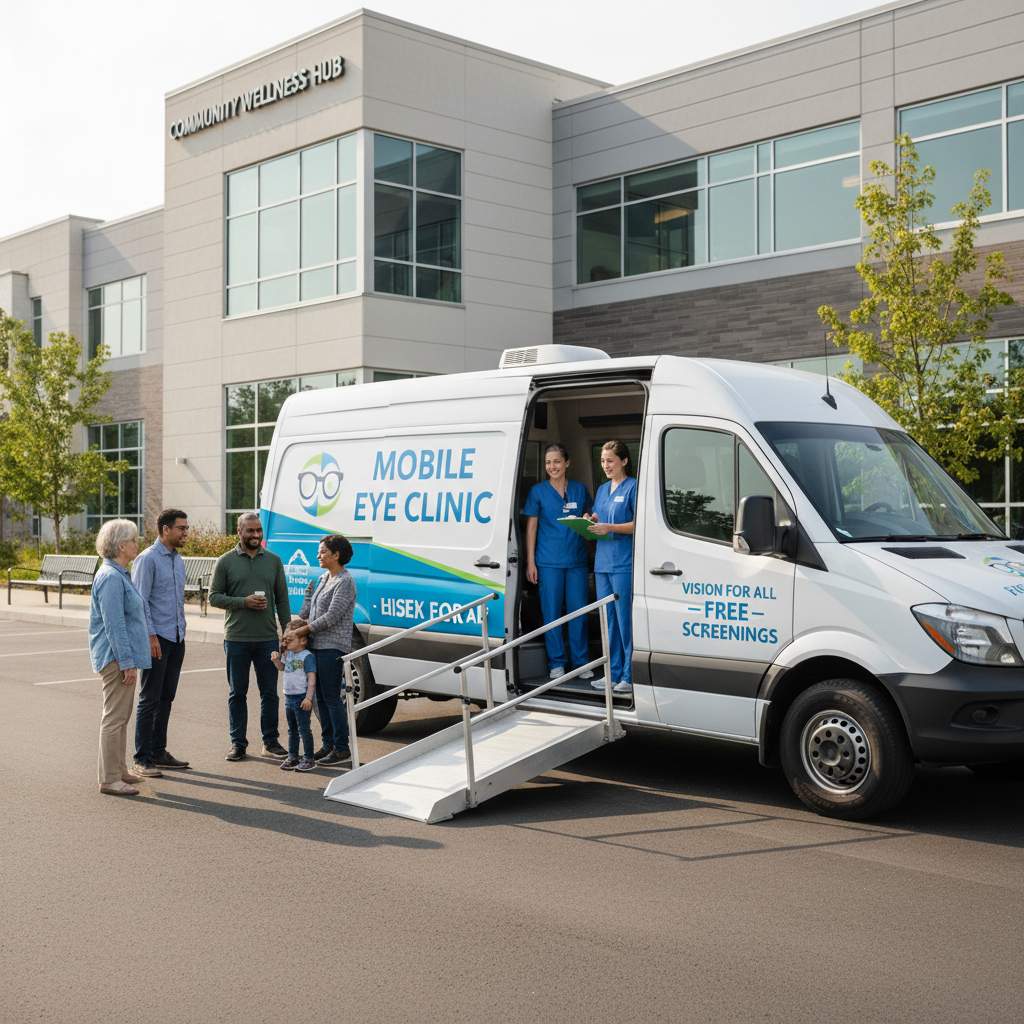
Access to clear vision is not just a health matter, but it’s a quality issue. From reading and driving to studying and working, good vision affects almost every part of daily life. Sadly, millions of people across the U.S. still lack proper access to eye care due to distance, cost, or limited availability of specialists. Mobile eye clinics are changing that reality by bringing high-quality vision care directly to communities.
These clinics on wheels reduce barriers, offer screenings and glasses, and help prevent vision loss before it becomes irreversible. According to the CDC, around 93 million adults in the U.S. are at high risk for vision loss, yet only half visited an eye doctor in the past year. Mobile eye units help close this troubling gap.
This blog covers all the details about mobile eye clinics and how they are changing lives across the world.
Mobile eye clinics are quickly becoming an essential part of community health. They help close gaps in access by reaching underserved populations. By visiting rural towns, schools, and senior centers, they make eye care more convenient and affordable.
With a growing focus on preventive care, mobile eye clinics are positioned as one of the most effective solutions to address vision disparities in the U.S. Let's unfold all the factors getting benefit from mobile eye clinics.
Preventive eye exams are often skipped because people do not notice early symptoms of disease. Mobile eye clinics make preventive care easy by bringing services closer, helping detect issues like glaucoma or diabetic retinopathy at early stages.
With earlier detection, treatments can be started before vision damage becomes permanent, giving patients a better chance of maintaining healthy eyesight. Preventive services also save healthcare systems money in the long term by avoiding costly emergency treatments.
Many Americans live in “healthcare deserts” where the nearest specialist is far away. Mobile eye clinics bridge this gap, showing up directly in neighborhoods and reducing the need for long travel. A recent study on mobile health clinics reducing health disparities on mobile health units highlighted their positive role in reducing health disparities in underserved communities.
For older adults who may no longer drive, and for families without reliable transportation, this accessibility is transformative. By placing eye care in community spaces like schools and senior centers, these clinics meet people where they already gather.
Operating mobile clinics is often less expensive than building new permanent facilities. They allow healthcare providers and nonprofits to reach more patients at a fraction of the cost, making them a sustainable outreach strategy.
The flexibility of mobile units also allows them to adapt routes based on changing community needs, ensuring resources are used effectively. When compared to the long-term costs of untreated eye disease, mobile clinics are a smart public health investment.
A mobile eye clinic is essentially a clinic on wheels. Equipped with medical tools and trained staff, these units provide a wide range of services, from simple vision checks to more advanced diagnostics. They also help with patient education and referrals to specialists if needed. Some mobile units even include small optical labs, allowing patients to receive glasses on-site.
Let's discuss all the services provided by these mobile clinics.
Mobile clinics typically begin with visual acuity tests and refraction exams to identify common refractive errors such as nearsightedness, farsightedness, and astigmatism. Early detection of these conditions ensures timely correction, significantly improving patients' daily lives. For schoolchildren, this service directly impacts academic performance and classroom participation.
Equipped with tools like retinal cameras, tonometers, and slit lamps, many mobile units can detect serious eye diseases early. Mobile screening for conditions such as glaucoma, cataracts, and diabetic retinopathy allows for timely intervention, potentially preventing severe complications and vision loss.
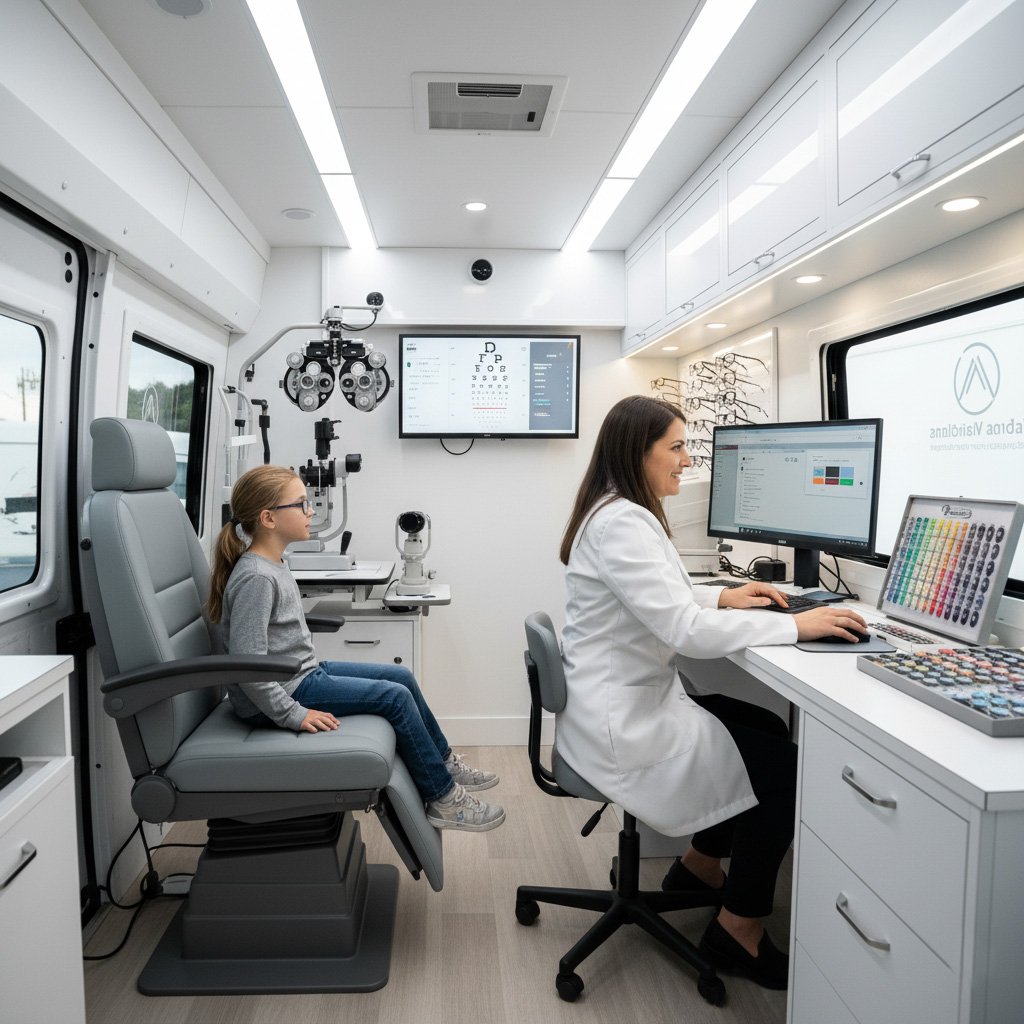
Some mobile clinics feature optical labs where eyeglasses can be fabricated and dispensed on the same day. This immediate access not only enhances patient satisfaction but also eliminates the need for additional visits or expenses at external optical shops, ensuring better follow-through and adherence to prescribed treatments.
A study published in the International Journal for Equity in Health highlights the positive role of mobile health units in reducing health disparities in underserved communities. The study found that mobile health clinics effectively reach populations who might otherwise miss out on essential healthcare services, thereby improving overall health outcomes.
Yes. Many clinics offer pediatric vision screenings and provide glasses for children on the same day, which can improve school performance immediately.
Traditional healthcare systems often unintentionally exclude people who cannot easily travel, pay for, or access care. Mobile eye clinics directly tackle these issues by removing the most common obstacles. By visiting underserved areas, they make eye care equitable and available to populations that often go without.
For many, especially seniors and rural residents, traveling to the nearest eye clinic is not feasible. Mobile units solve this by bringing eye care directly to schools, churches, and community centers.
Patients no longer have to take time off work or arrange special transportation, which means more people are likely to attend their appointments. This reduces missed opportunities for early detection of vision problems.
Eye exams and glasses are costly without insurance. Mobile clinics often provide free or low-cost services, making eye care affordable for everyone. By removing cost as a barrier, they ensure no one is left behind due to financial limitations. In addition, many programs collaborate with nonprofit organizations that subsidize glasses for children and seniors.
Mobile units often partner with local leaders, schools, and nonprofits. This builds trust, encourages participation, and increases the likelihood that patients return for follow-up care. Community trust is particularly important in areas where residents may be skeptical of outside medical services. By showing up consistently, clinics demonstrate reliability and care.
Technology has made it possible for mobile clinics to extend their reach even further. By integrating tele-optometry, these clinics connect patients with remote specialists, offering advanced care without requiring specialists to be physically present. This hybrid model allows clinics to stretch resources while maintaining high-quality service.
Mobile technicians can perform exams while doctors review results remotely. This model ensures patients have access to high-level expertise, even if specialists are miles away. It is particularly valuable in rural areas where ophthalmologists are scarce. Patients benefit from professional interpretation of their results without leaving their community.
Tele-optometry allows mobile clinics to serve more patients with fewer staff on board. This makes operations more cost-effective and increases efficiency in underserved regions. By reducing the need for full-time specialists in the mobile unit, programs can reallocate resources to serve more locations. Clinics also benefit from reduced travel costs for medical professionals.
Internet connectivity, data privacy, and varying state regulations remain hurdles. However, as technology improves, these challenges are becoming easier to manage. Secure platforms and improved broadband access continue to expand telehealth’s potential. Despite these challenges, tele-optometry is proving to be a long-term solution for mobile care delivery.
It has worked wonders for diabetic patients as well. In several regions, mobile eye units have made diabetes-related vision screening more accessible, especially for patients in rural or underserved areas. These units are equipped with retinal cameras and telemedicine capabilities, allowing specialists to review images remotely and provide timely feedback.
Research shows mobile screening improves early detection of diabetic retinopathy, helping identify vision-threatening conditions before they progress and reducing the risk of long-term blindness. This approach not only increases screening rates but also strengthens follow-up care and patient outcomes.
Mobile eye clinics are carefully designed to deliver professional care in a compact, mobile setting. From vehicle choice to equipment and staffing, every detail is planned to create a seamless patient experience. Well-designed workflows ensure that patients receive the same quality of care as they would in a traditional clinic. Let's explore the way these mobile eye clinics work.
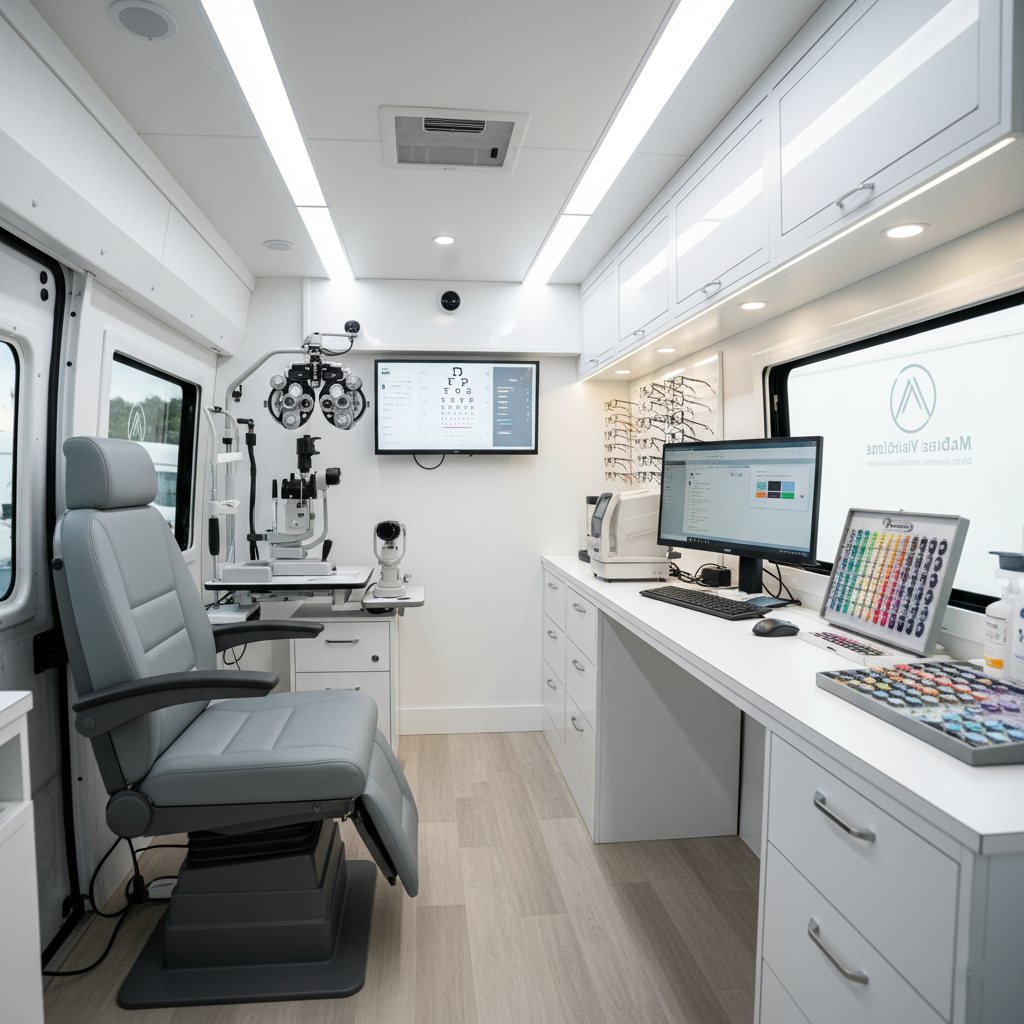
Inside, mobile clinics often include one or two exam rooms, a waiting space, and an optical area. Equipment such as auto-refractors, fundus cameras, and portable slit lamps allows for comprehensive exams. The interior is optimized for efficiency, ensuring multiple patients can be seen in a single visit. Proper design also helps patients feel comfortable and reduces clinical errors.
A typical mobile clinic team may include an optometrist or ophthalmologist, technicians, and support staff. Some models also rely on tele-optometry, which reduces the need for on-site specialists. Each staff member plays a key role, from intake and testing to counseling and dispensing glasses. Strong teamwork is essential to maintain smooth clinic flow.
Patients are welcomed, registered, and given a basic screening. They then undergo diagnostic testing before receiving glasses, referrals, or follow-up recommendations. The goal is to provide a smooth, clinic-like experience that feels professional and trustworthy. A well-structured workflow minimizes waiting times and allows clinics to serve more patients each day.
Mobile eye clinics can only thrive long-term if they prove their effectiveness. Funders, policymakers, and communities want evidence that these programs create real value. Measuring outcomes not only strengthens grant applications but also ensures continuous improvement in service delivery.
Mobile eye programs demonstrate social and clinical impact by collecting the right data.
Important metrics include the number of patients served, demographic breakdowns such as age and income level, and the percentage of patients receiving glasses or referrals. These numbers help stakeholders understand the reach of the program.
Tracking data over time also highlights trends, such as whether more schoolchildren are being reached or whether older adults are accessing services consistently. Strong reporting can make the difference between securing future funding and facing financial shortfalls.
Measuring vision changes is one of the most direct ways to show impact. Clinics can record pre- and post-exam vision acuity, monitor reductions in uncorrected refractive errors, and track cases of disease detected early.
Improvements in daily functioning, such as students performing better in school or seniors regaining independence, can be linked back to clinical outcomes. This data tells a compelling story of how mobile eye clinics directly improve lives.
Numbers alone do not capture the full picture. Patient feedback provides invaluable insight into how people perceive the care they receive. Surveys that ask about wait times, staff friendliness, and quality of explanations reveal whether services are meeting community expectations.
High satisfaction scores often lead to repeat visits and word-of-mouth referrals, which are essential for community trust and program growth.
While mobile eye clinics provide hope and access, they also face a unique set of challenges. From logistical hurdles to regulatory issues, these programs must plan to stay sustainable. The good news is that most challenges can be managed with foresight, partnerships, and creative solutions.
The following are some eminent challenges faced by the mobile eye clinic. Have a look.
One of the biggest challenges for tele-optometry-enabled mobile units is internet connectivity. Many rural communities have limited broadband access, which makes real-time remote consultations difficult.
Programs mitigate this by using offline-capable equipment or mobile hotspots, though these solutions are not always reliable. Continued expansion of rural broadband networks will be essential for mobile clinics to fully leverage telehealth.
Sensitive medical equipment is not designed for bumpy roads or changing temperatures. Mobile clinics often need to invest in ruggedized setups or secure mountings to keep machines safe.
Regular calibration and preventative maintenance schedules ensure accurate results, but this adds to operational costs. Having backup devices and strong supplier partnerships reduces downtime.
State licensing laws and insurance reimbursement policies vary widely. An optometrist licensed in one state may not be able to practice in another without additional certification. Liability insurance is another concern since mobile settings may carry risks not found in traditional clinics.
Programs often address these challenges through partnerships with local health systems that provide oversight and compliance support.
Most programs include maintenance contracts with equipment providers. Clinics often carry backup tools and work with local partners to ensure service continues even if a device fails.
Mobile clinics usually have referral systems in place. Patients with conditions requiring surgery or specialized care are directed to nearby hospitals or permanent clinics for follow-up.
The field of mobile eye care is evolving quickly, thanks to technology, policy changes, and shifting public health priorities. The next decade is expected to bring exciting innovations that will make mobile clinics even more impactful. Staying ahead of these trends ensures that clinics continue to serve patients effectively while also attracting new sources of funding.
Artificial intelligence is transforming eye care by analyzing retinal images and detecting disease earlier than human review in some cases. Research shows AI-assisted tools may soon be standard in mobile eye units. Mobile units equipped with AI tools can quickly screen large groups, such as entire schools or workplaces.
This speeds up the diagnostic process and ensures specialists focus on the most urgent cases. As AI technology becomes more affordable, it is expected to become a standard part of mobile vision care.
Medical equipment is becoming more portable and efficient. Compact OCT machines, handheld slit lamps, and smartphone-based retinal cameras are making it easier to set up clinics in smaller vehicles. These advances reduce costs and make mobile eye care more scalable. In the future, even community vans may carry full diagnostic capabilities.
Mobile clinics are increasingly moving toward offering comprehensive care. Eye exams may be combined with screenings for diabetes, hypertension, or dental checkups. This integrated approach saves time for patients and maximizes the impact of each clinic visit. Mobile units strengthen their role in community health systems by positioning eye care as part of whole-person health.
As internet access improves, tele-optometry is expected to become a standard feature in mobile eye care, allowing even the most remote communities to access quality vision services. A growing body of research emphasizes tele-optometry’s potential to expand care and reach underserved communities.
Using secure video consultations and digital image transfers, mobile clinics can connect patients with licensed optometrists who may be hundreds of miles away. This not only reduces the need for on-site specialists but also speeds up diagnostic reviews.
Not completely. Tele-optometry expands reach but still relies on trained technicians on-site. Specialists remain essential for complex diagnoses and treatments.
Mobile eye clinics are more than just vehicles; they are a blessing in disguise. They bring critical healthcare directly to the people who need it most, eliminating barriers like distance, cost, and awareness. With each stop, these mobile units restore vision, improve quality of life, and empower entire communities.
For policymakers, supporting mobile medical clinics is a step toward addressing health inequities. For schools and senior centers, hosting a mobile eye unit can transform the lives of students and older adults alike. And for nonprofits and healthcare systems, investing in mobile eye care is not only socially impactful but also cost-effective in the long run.
If you are looking for a perfect partner to grow your mobile eye clinic, we at Craftsmen Industries are just a call away to assist you on the road to success. Take the first step now and call us today.
Startup costs vary depending on vehicle size, equipment, and staffing. A small van may cost around $200,000, while a fully equipped bus can exceed $1 million. Grants and partnerships often help offset these costs.
No. Mobile clinics typically provide screenings, diagnostics, and glasses. Patients needing surgeries such as cataracts or advanced glaucoma treatments are referred to permanent facilities.
Most programs partner with local clinics or use tele-optometry systems to track patient progress. Follow-up reminders, school-based referrals, and community health partnerships improve continuity of care.
Most programs partner with local clinics or use tele-optometry systems to track patient progress. Follow-up reminders, school-based referrals, and community health partnerships improve continuity of care.
Yes. Mobile clinics are increasingly integrated into public health frameworks. Research shows they play a critical role in reducing disparities and improving preventive care access.
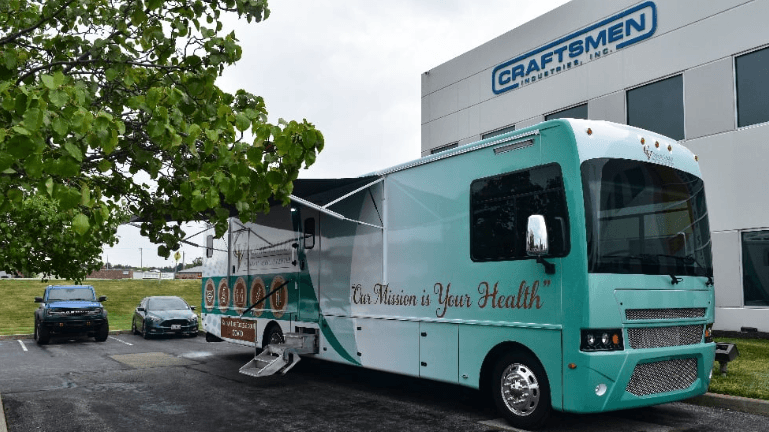
Are you looking for a cost-effective patient transfer solution for your healthcare organization? Many people can benefit from accessible medical...
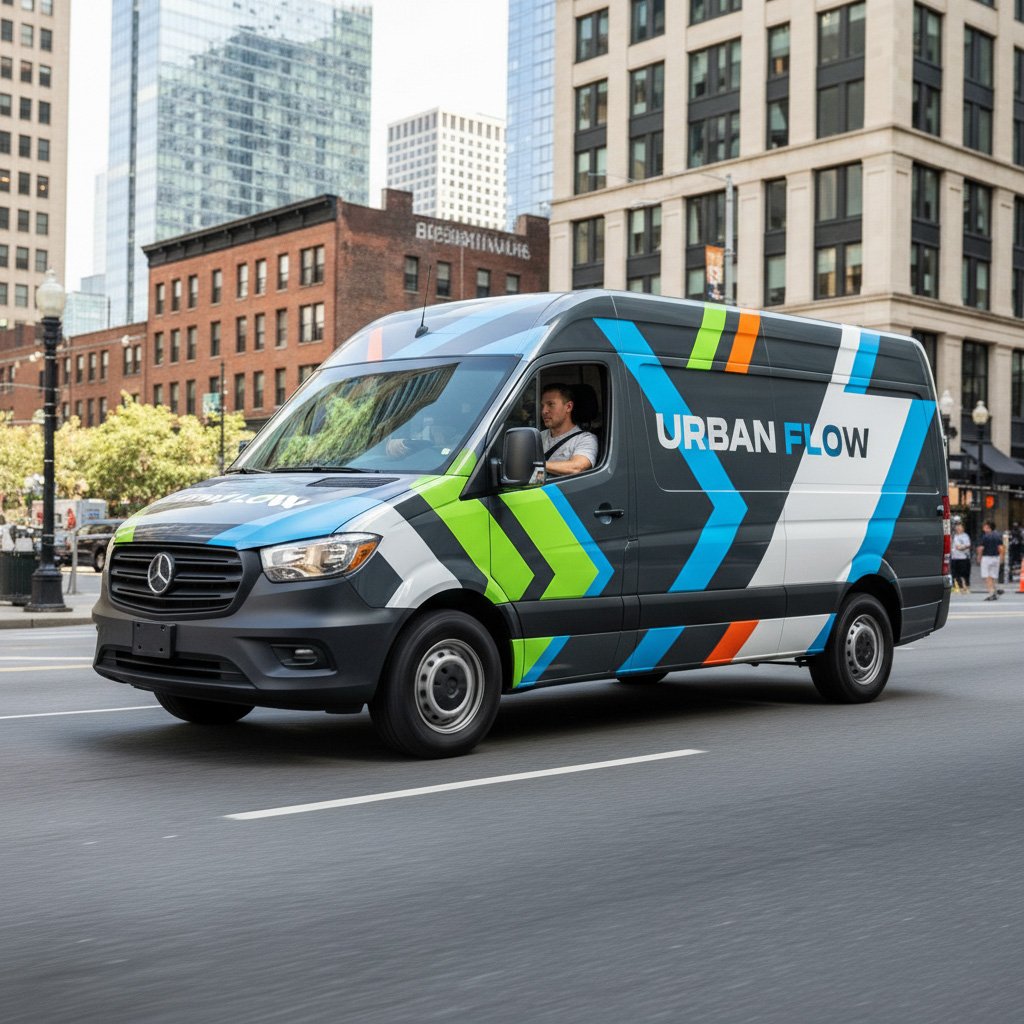
Every fleet vehicle you deploy is an opportunity to make a statement, one that speaks your brand before a person even reads a word. Research shows...
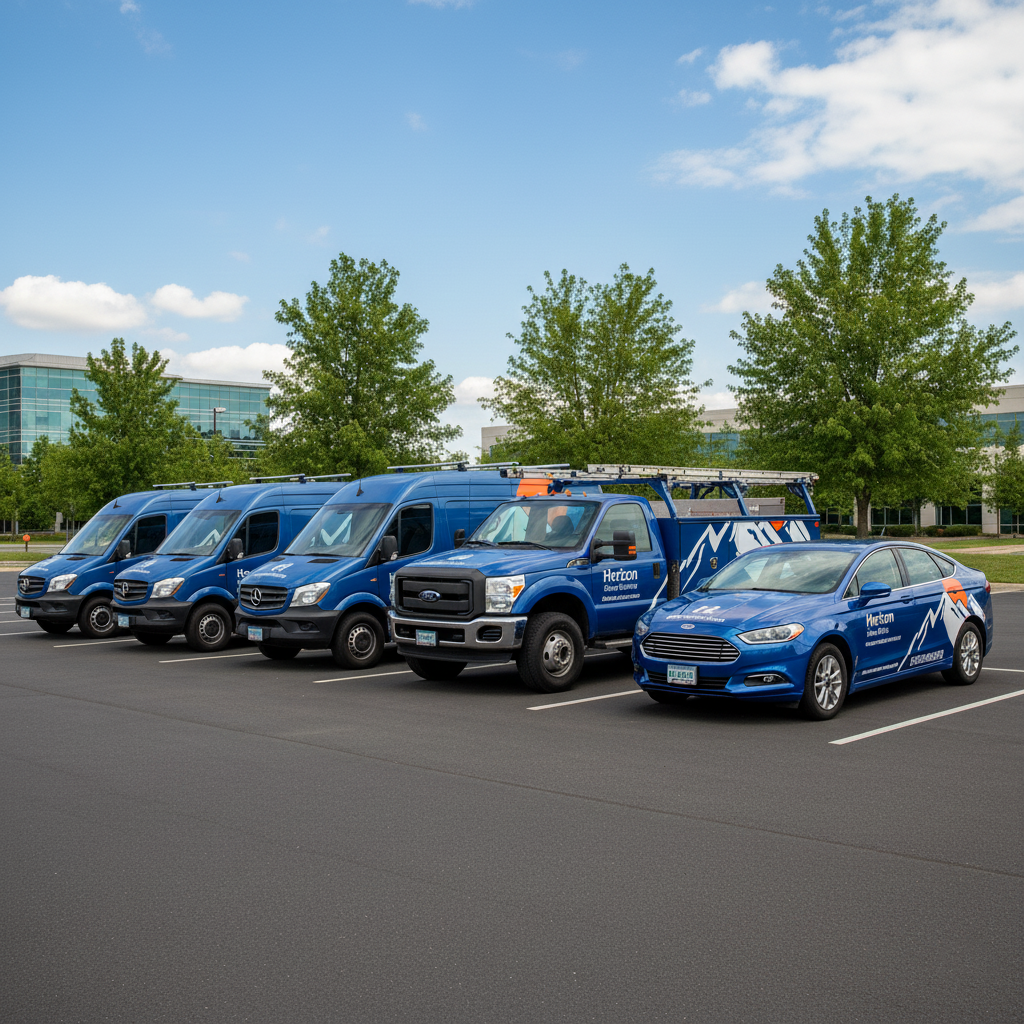
Fleet wraps are custom vinyl graphics applied to vehicles, turning everyday company cars, vans, or trucks into high-visibility advertising tools....